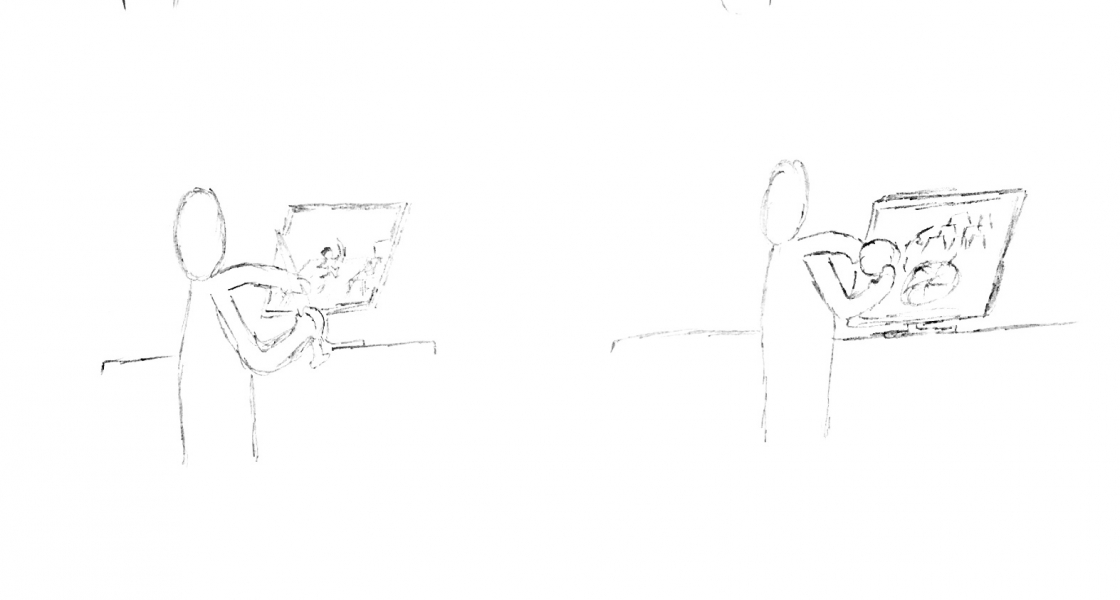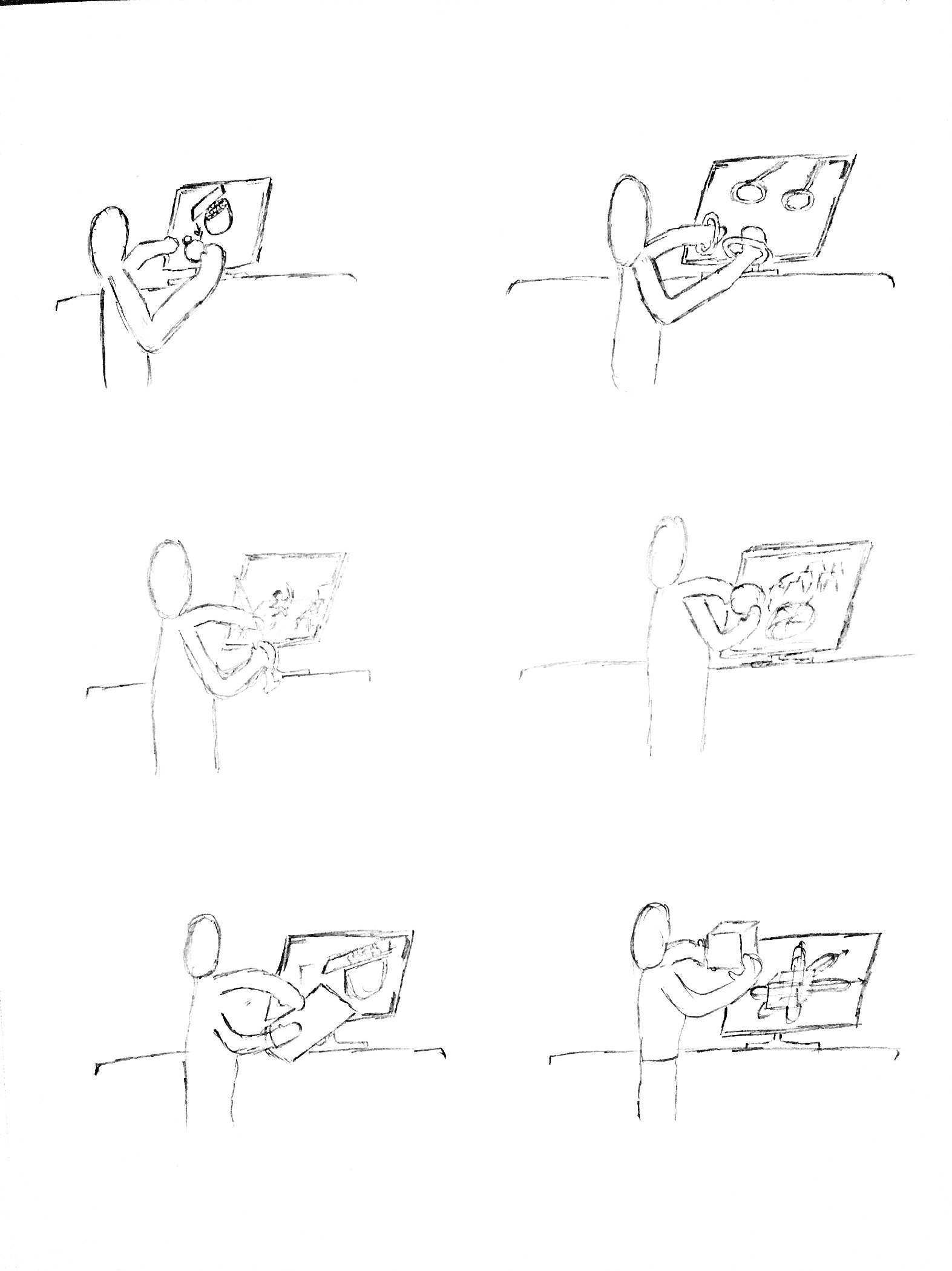- Tangible VR Props
I was inspired to this idea while reading Doug Bowman’s comprehensive text on the origin and state-of-the-art 3D User Interfaces. Doug Bowman in his text mentions Hinckley’s work on Passive Real-World Interface Props, where a person makes use of physical props to manipulate 3D models on the screen in front of the user. With an almost synonymous dialog happening between the user and the natural world, these graspable passive interface props were found to work to a large extent.
Switching gears a bit to a different context, the state-of-the-art virtual reality head-mounted displays today are able to produce immersive imagery for the users but have an acute problem with providing haptic feedback to the users. At most, these VR headsets seem to stretch to right now are generic remote controllers on user’s hands that can take in navigational input and provide vibration feedback, as a result leading to weak experiences or breaking the immersion altogether. I’d like to propose a pneumatic system that can switch physical prop configurations as per the situational VR context.
Scenario: Consider a user walking in a virtual world has a wrist band on his hands that is imitated physically by the pneumatic system by morphing into a physical wrist band on the user’s hands. As the user approaches a certain location in the virtual world, the context entails a stick/sword for a task, the shape which is then acquired by shifting the air from the wrist-band configuration to the physical stick/sword configuration. As the VR narrative unravels further, the present scene dictates a box to be held by the user and another air-pressure switching takes place to inflate a box configuration for the user to hold physically, and so on.
Such tangible VR props will not only be essential to provide appropriate haptic feedback for VR users but will also be able to take us beyond generic remote controllers or passive interface props for better immersion. The design of the system will also allow to establish correspondence between real and virtual worlds (for better feedback and handling information, external audience or multi-user participation etc.), something that was attested recently by Jaron Leiner of VR fame.
A clever design of the simultaneous context-configuration play can exhibit a lot of versatility in shapes that match and even provide dynamic feedback with texture, pressure constraints etc. for the user.
However, in terms of implementation currently, the type of configurations/shape changes either will have to be quite close to the previous state or the number of different configurations will have to be limited (in the former case, assuming the system works on the principle that the configurations are all bags that have the required shape already and just need to be inflated — so when inactive, the system stores the deflated shapes in a small housing or so)


